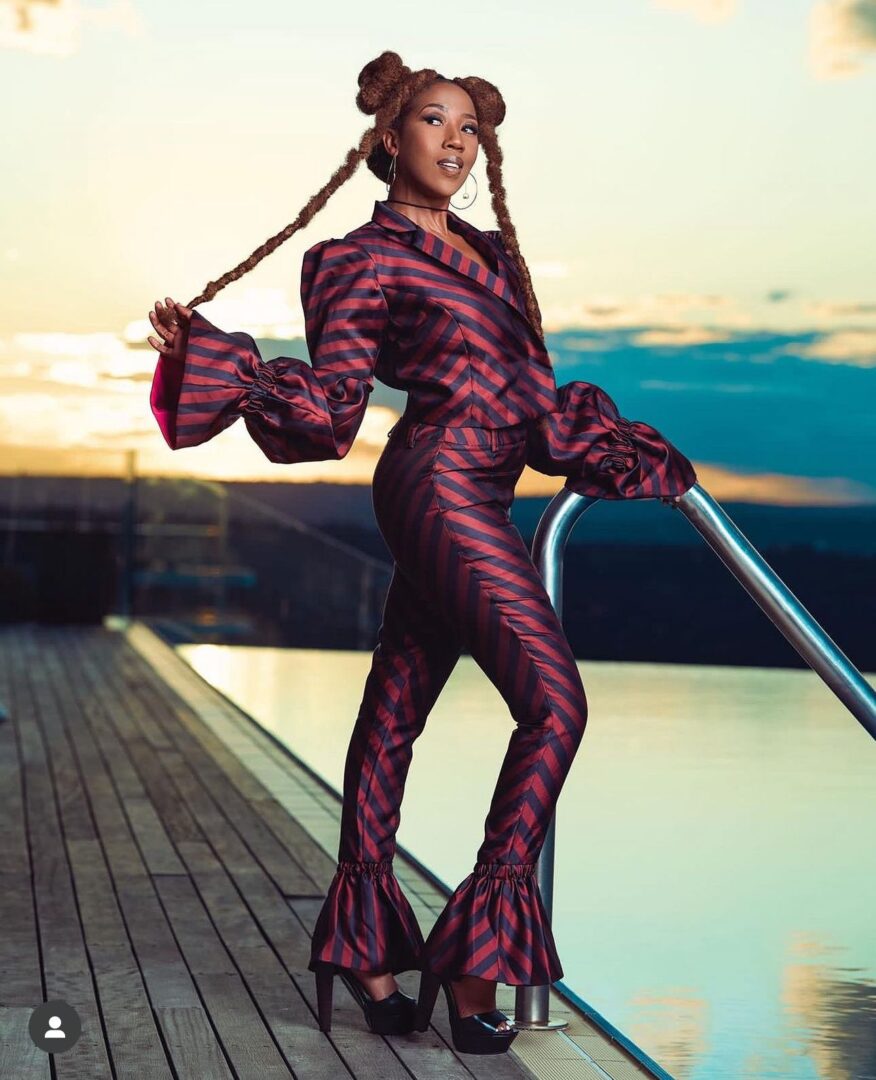
The journey of African fashion is a testament to the resilience and creativity of the continent’s people. As Africa moved from the shackles of colonialism to the embrace of independence, its fashion industry mirrored this transformation. The post-independence era brought a burst of creativity and cultural pride that has continued to evolve, making African fashion a vibrant and influential force in the global style arena.
Before independence, African fashion was heavily influenced by colonial powers. Traditional attires were often sidelined in favor of Western styles imposed by colonial rulers. However, traditional garments like the boubou, kente cloth, and dashiki remained symbols of cultural identity and resistance. These garments were deeply rooted in African heritage, each with its own story and significance
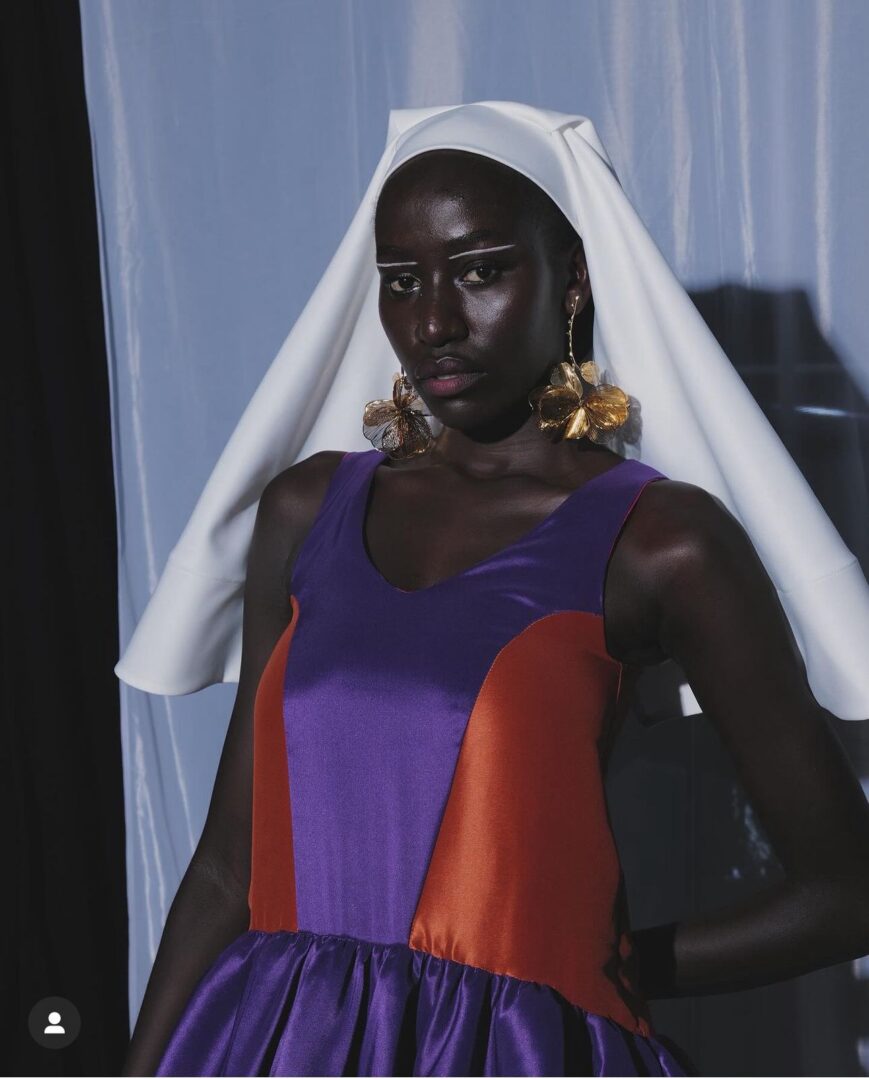
The Post-Independence Fashion Renaissance
With the wave of independence sweeping across Africa in the mid-20th century, there was a resurgence of interest in traditional clothing and indigenous fabrics. This period marked the beginning of a fashion renaissance, where African designers and craftsmen began to reclaim their cultural heritage and express their newfound freedom through fashion.
Revival of Traditional Attire: Independence allowed for a revival of traditional attires and a celebration of African identity. For instance, in Ghana, the kente cloth became a symbol of national pride. In Nigeria, the agbada and iro ati buba experienced a resurgence. These garments were not only worn for their aesthetic appeal but also as statements of cultural pride and political identity.
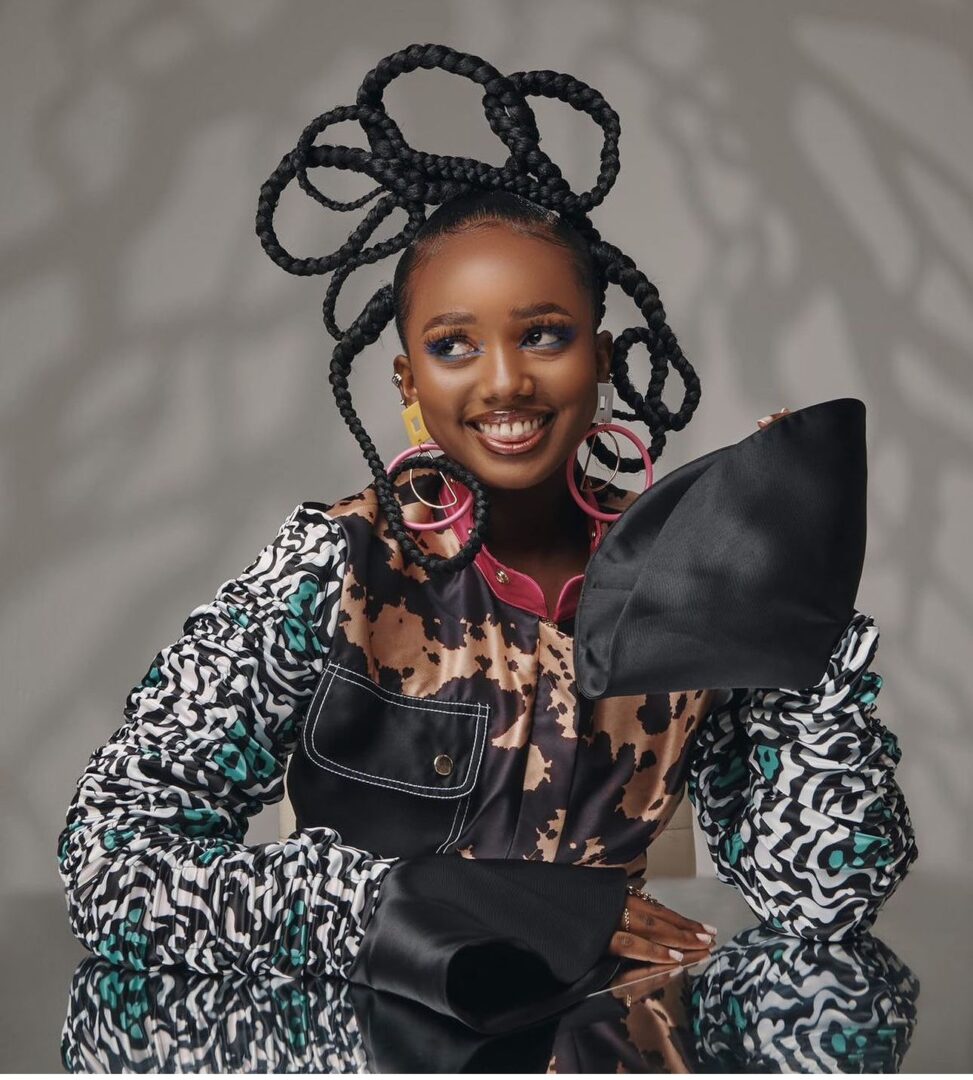
Influence of Political Leaders: Political leaders played a significant role in promoting African fashion. Figures like Kwame Nkrumah of Ghana and Nelson Mandela of South Africa often wore traditional attires, signaling a break from colonial influences and a return to African roots. Their choices in fashion had a ripple effect, inspiring the masses to embrace their cultural attire.
Emergence of African Designers*: The post-independence era saw the rise of African fashion designers who began to gain recognition both locally and internationally. Designers like Alphadi from Niger, who is often referred to as the “Magician of the Desert,” and Nigeria’s Deola Sagoe, who blends traditional Nigerian fabrics with modern designs, became pioneers in showcasing African fashion to the world.
Contemporary African Fashion: A Global Influence
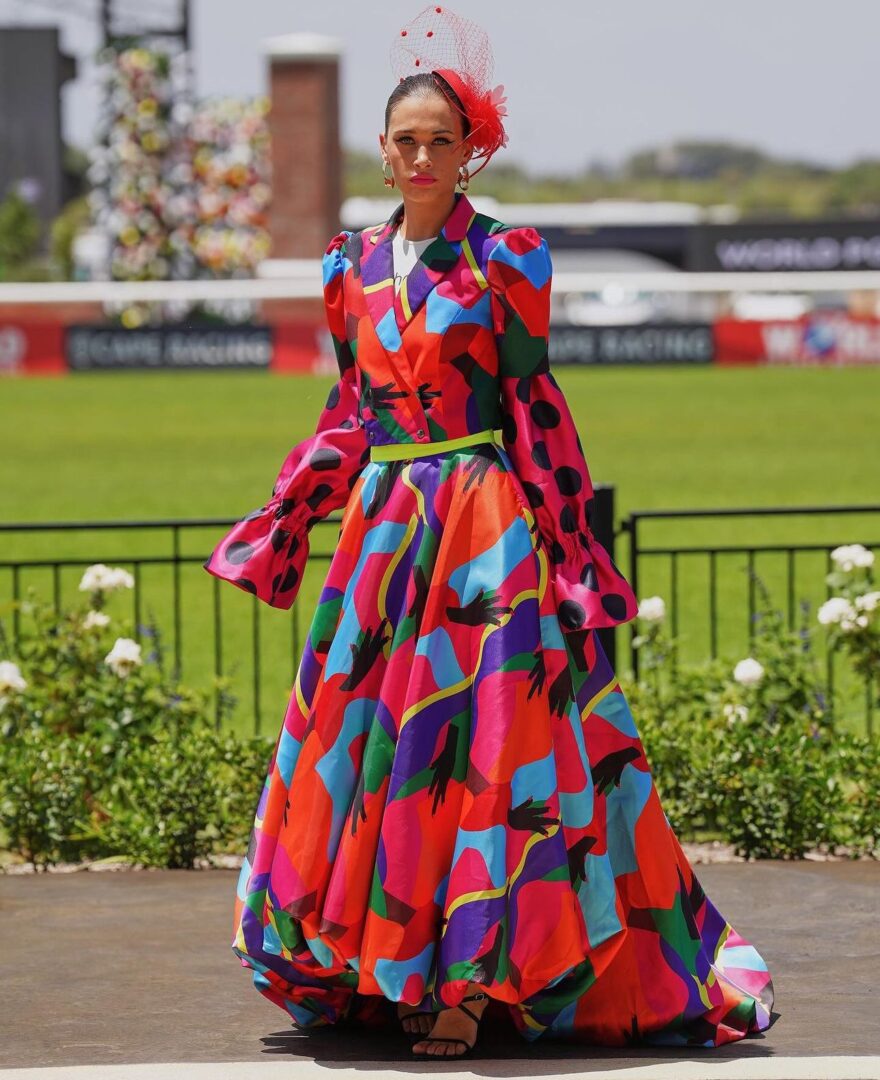
Today, African fashion is a dynamic and influential force in the global fashion industry. Contemporary African designers continue to draw inspiration from their rich cultural heritage while also incorporating modern trends and techniques.
Fusion of Tradition and Modernity: Modern African fashion is characterized by a fusion of traditional elements with contemporary styles. This blend is seen in the use of traditional fabrics like Ankara and kente in modern silhouettes and designs. Designers like Stella Jean from Haiti, who is of African descent, and Nigerian designer Lisa Folawiyo, known for her innovative use of Ankara, exemplify this fusion.
Global Platforms and Recognition: African fashion has gained significant visibility on global platforms. Events like the Lagos Fashion Week, Dakar Fashion Week, and South African Fashion Week provide African designers with the opportunity to showcase their creations to an international audience. Moreover, collaborations with global brands and appearances in international fashion magazines have further cemented Africa’s place in the fashion world.
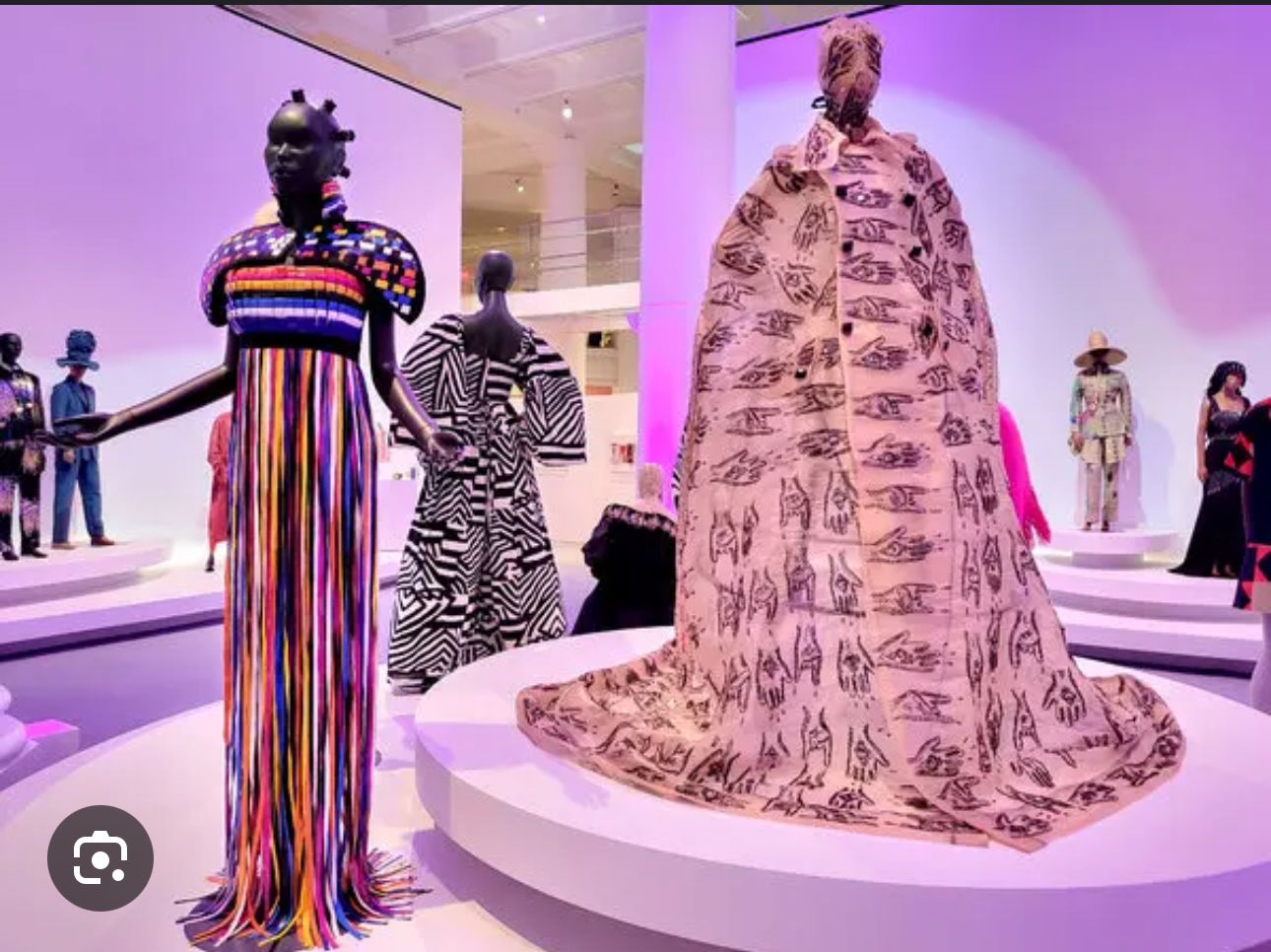
Impact of Social Media: Social media has played a crucial role in the dissemination of African fashion. Platforms like Instagram and Pinterest have allowed African designers and fashion enthusiasts to share their work with a global audience. This digital exposure has not only boosted the visibility of African fashion but also created a vibrant online community that celebrates and promotes African style.
Sustainable Fashion: African fashion is also making strides in the realm of sustainability. Many designers are championing the use of locally sourced materials and traditional craftsmanship, promoting ethical fashion practices. Brands like Studio One Eighty Nine, co-founded by Rosario Dawson and Abrima Erwiah, focus on sustainable fashion and highlight the craftsmanship of African artisans.
The Cultural Significance of African Fashion
African fashion is more than just aesthetics; it is a powerful medium of cultural expression and identity. Each fabric, pattern, and design carries deep cultural significance and tells a story of heritage and tradition.
Symbolism in Fabrics and Patterns*: African fabrics are rich with symbolism. For example, the patterns on kente cloth from Ghana have specific meanings and are often used to convey messages or commemorate significant events. Similarly, the intricate designs on Nigerian Adire fabric are steeped in cultural significance and often reflect the social status and identity of the wearer.
Cultural Pride and Unity*: Wearing traditional African attire is a way of expressing cultural pride and unity. Events like Africa Day and various cultural festivals see people donning traditional outfits, celebrating their heritage, and promoting unity among African nations.
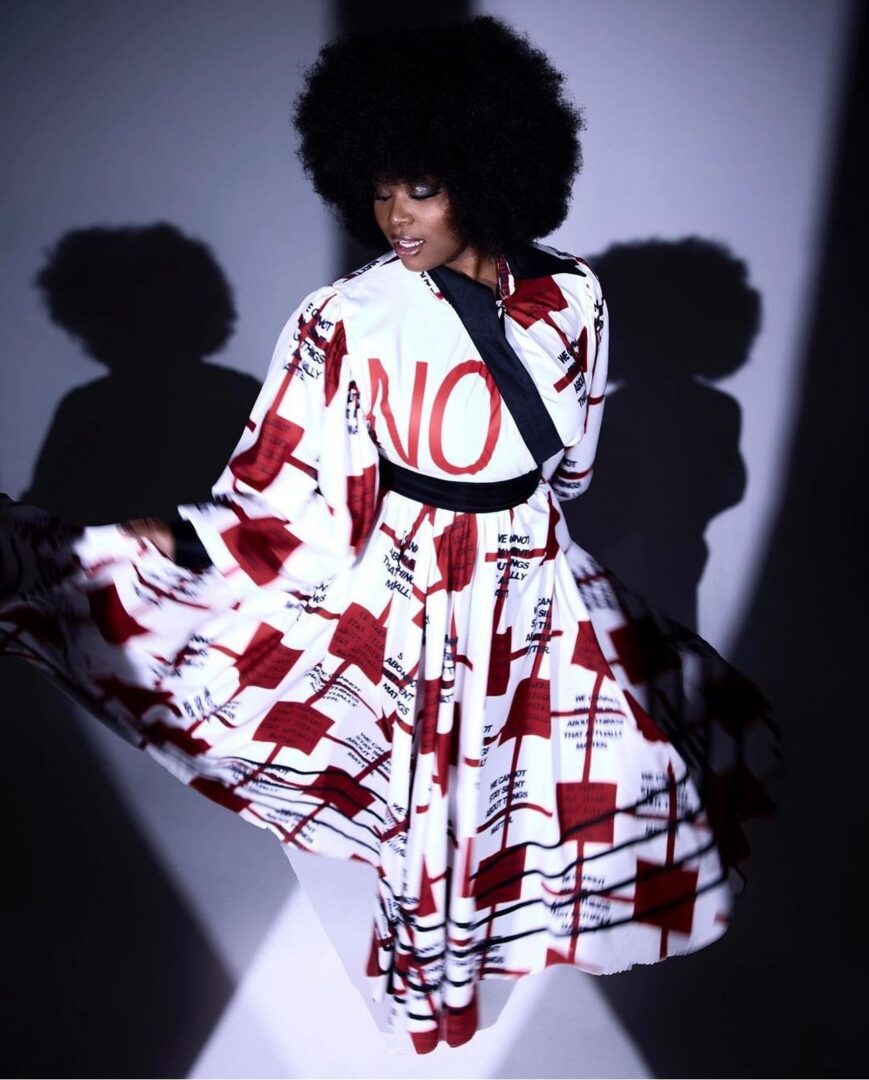
Diaspora Influence: The African diaspora has also played a significant role in the evolution of African fashion. African immigrants and their descendants have carried their fashion heritage to different parts of the world, influencing global fashion trends. The Afrocentric fashion movement, which celebrates African-inspired styles, is a testament to this influence.
Challenges and Opportunities
Despite its growth and influence, the African fashion industry faces several challenges. Issues such as lack of infrastructure, limited access to funding, and the need for more professional training are hurdles that need to be addressed. However, these challenges also present opportunities for growth and development.
Investment and Infrastructure: Increased investment in the fashion industry can help build the necessary infrastructure to support designers and artisans. Establishing fashion schools and training centers can nurture talent and provide the skills needed to compete globally.
Promoting Local Textiles: There is a need to promote and preserve local textiles and craftsmanship. Governments and private sectors can play a role in supporting initiatives that protect traditional crafts and encourage their use in modern fashion.
International Collaborations: Collaborations with international brands and designers can provide African designers with exposure and access to new markets. These partnerships can also foster the exchange of ideas and techniques, enriching the global fashion industry.
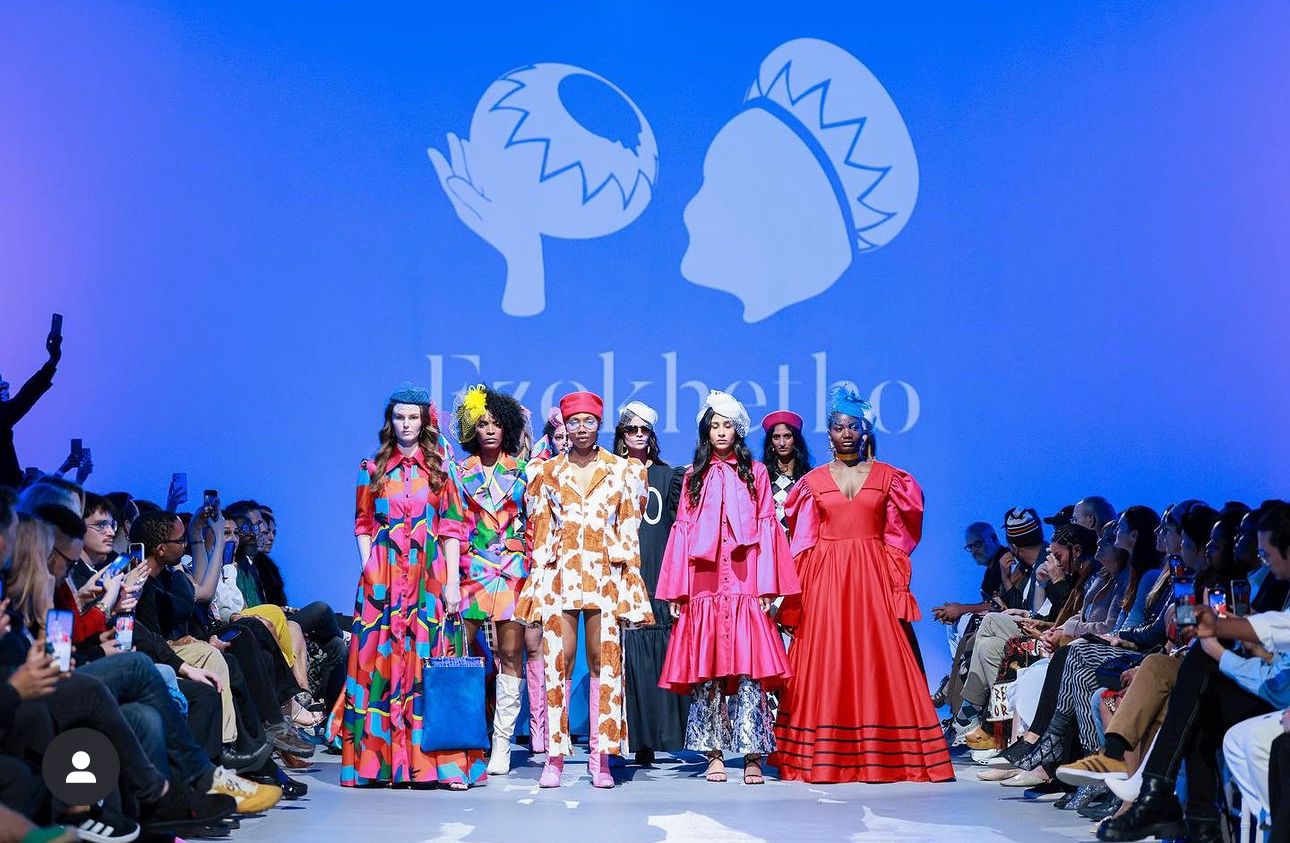
The evolution of African fashion is a story of resilience, creativity, and cultural pride. From the days of colonialism to the present, African fashion has undergone a remarkable transformation, emerging as a powerful force in the global fashion industry. With its rich heritage, vibrant designs, and innovative spirit, African fashion continues to captivate and inspire. As the industry grows, it holds the potential to drive economic development, promote cultural heritage, and foster a sense of unity and pride among Africans both on the continent and in the diaspora.

